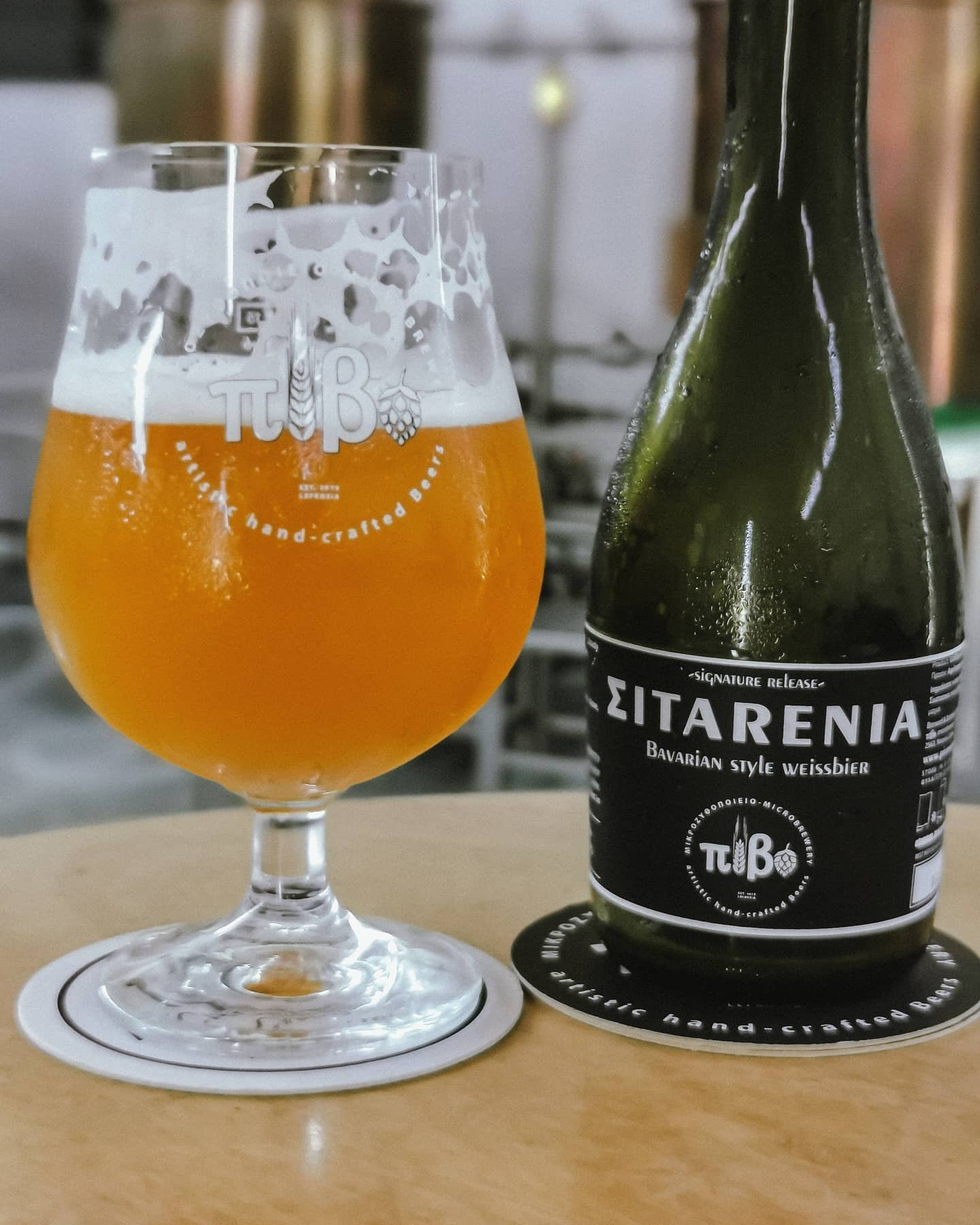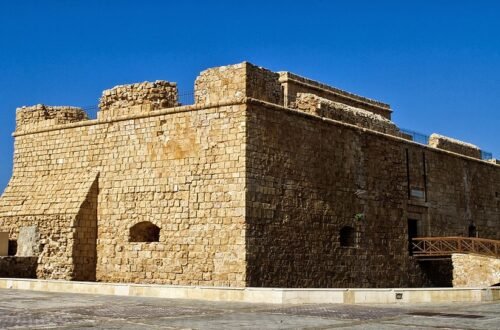
15 Best Things to Visit in Nicosia (Cyprus)
The Green Line at Ledra will pique the interest of tourists who are curious about what it’s like to pass through a city checkpoint in the twenty-first century, as Nicosia is the last capital in the world to still be militarily divided. There is much to see on both sides of the line, including the Selimiye Mosque, which blends Christian and Islamic architecture, and the Cyprus Museum, which houses the island’s most important collection of antiquity. Advice: Take the Welcome to Nicosia Tour to kick off your trip (private tour with a local) Although it’s a non-touristy, professional city, Nicosia provides you a true sense of urban life in Cyprus. In the crowded old town, there is no shortage of welcoming cafes and museums, as well as fun day trips to the north or the mountains in the west. Let’s look at the greatest activities in Nicosia!
- Whirling Dervish Performance
- Cypriot Coffee
- Selimiye Mosque
- Kyrenia
- Fikardou
- Cyprus Museum
- Folk Art Museum
- Machairas Monastery
- Büyük Han
- Famagusta Gate
- St. Hilarion Castle
- Ledra Street
- Byzantine Museum
- Pivo Microbrewery
- Panagia Asinou
Whirling Dervish Performance

Check out a long-standing spiritual ceremony on Nicosia’s northern side. Men who follow the Sufi school of Islam congregate in Tekkes, places of spiritual significance, for a particular style of dance that is unheard-of elsewhere in the Islamic world. Dervishes will perform for about 30 minutes, spinning on the spot while wearing long white robes and conical hats. It is a powerful spectacle for the viewer, especially when paired with live music and singing. Once they start going, the dervishes won’t even see you because they are using it as a type of moving meditation.
Cypriot Coffee
You must park yourself at a streetside café and drink a cup of traditional (and extremely potent) Cypriot coffee if you want to experience Nicosia through the eyes of a Nicosian. This is brewed in a large copper kettle that can be moved about the burner thanks to its long handle. When you can order, you can select between sweet (glykis), medium (metrios), and unsweetened drinks. Sugar is added to the water and coffee powder while the water is still cold (sketos). Make sure not to drink the residue at the bottom of the cup after you’ve finished your coffee.
Selimiye Mosque

The slightly perplexing sight of a mosque converted from a former Gothic church can be seen here. The first Christian structure, St. Sophia’s Cathedral, was begun by the Lusignans during the Crusades but never finished, even though it was the largest church on the island. All the characteristics of a gothic church, such as the traceried windows and flying buttresses, will be familiar to Western eyes, yet two tall minarets dominate the front of the structure. After the Ottoman takeover in the 1500s, when the majority of the Christian iconography was destroyed, the building was converted to a mosque.
Kyrenia

The intimidating peaks of the Pentadaktylos Mountains encircle Kyrenia, a charming little port town on the coast of North Cyprus. The Venetians strengthened the harbour’s formidable stronghold with thick roundels, which have lasted for nearly 500 years. You could take a tour of the old town’s narrow alleys and have dinner by the water to round off a perfect day trip. If you visit Kyrenia in June, you can get to know the town’s Turkish culture when a variety of Turkish and international bands put on concerts.
Fikardou

There are only three people living in this tiny hillside community, which is located around 45 minutes southwest of Nicosia. Since Fikardou is a wonderful example of traditional Cypriot rural architecture, the settlement has been preserved and is currently being considered for UNESCO designation. Fikardou had been populated since the 400s, but by the 1800s, it was becoming less populous. What’s left is a community of Cypriots that existed on the island before electricity and automobiles did. During a visit, you may spend your time navigating the steep paths that flank the village’s charming stone homes with fading red terracotta roofs.
Cyprus Museum

The island is a treasure trove of old civilization, and there are excavation sites near to almost every settlement. The Cyprus Museum, the largest and best archaeological exhibition on the island, currently has many of the outstanding items found at these sites on display. The fact that only artifacts found on the island are on display makes this an excellent entry point into Cyprus’ rich past. The displays span the Stone Age to the Roman Empire and include coins, sculptures, jewelry, and everyday utensils, in addition to precious artifacts from the Salamis Ancient Greek Tombs.
Folk Art Museum
The old Episcopal palace in the city, which was mostly constructed in the 1400s but also contains elements that date back another 200 years, is the perfect setting for this exhibition of Cypriot art. In an effort to preserve handcrafted embroideries, metalwork, lace, pottery, textiles, and other items with the introduction of machine-powered mass production, the museum was established in the 1930s. The museum’s collection totals 5,000 artifacts, including elaborate decorative items as well as old farming tools including threshing boards, water mills, and olive presses.
Machairas Monastery
This charming middle-byzantine monastery from the 12th century is located 40 kilometers south of Nicosia. According to mythology, a hermit brought this famous painting of the Virgin Mary from Asia Minor to Cyprus and gave it the name of the monastery. It was painted by Luke the Apostle. The monastery consists of cloisters all around a central church that is surrounded by a rectangular courtyard. One of Cyprus’ most gorgeous vistas is these magnificent structures set against a backdrop of dark pine-covered hills. Even without the image, the church’s interior is charming with lavish murals, icons, and golden chandeliers.
Büyük Han
One of the first things the Ottomans constructed in Cyprus after conquering the island in the 16th century was this magnificent caravanserai. A masjid, or little mosque, is in the center of the central courtyard of a caravanserai, a type of inn for merchants and other travelers. After a few decades of being utilized as a prison by the British, the two-story Büyük Han has been exquisitely restored during the past 20 years. With galleries, studios, and workshops, it currently serves as a center for the arts.
Famagusta Gate

The Venetians strengthened Nicosia’s defenses in the years before the Ottoman invasion of Cyprus, and the walls and gates they built may still be seen today. The most remarkable portion of these ancient defenses is Famagusta Gate, a replica of the Lazaretto Gate that the Venetians constructed for Candia on the island of Crete. The British had used it as storage before it was renovated in the 1980s, revitalizing the Tahl-el-Kale neighborhood nearby. The gate, which includes a two-lane tunnel and a dome modeled after Rome’s Pantheon, is now a cultural center where shows are hosted all year round.
St. Hilarion Castle
This amazing structure commands your attention for an hour as it towers high above the road that winds its way down to Kyrenia. From a distance, this castle, which guarded the historic mountain pass between Nicosia and Kyrenia, can be difficult to pick out from the white stone bluffs that protect it. Once there, it’s a tremendous pleasure to wander through the dispersed walls, towers, and stairways as you take in the expansive vista of the northern coast. St. Hilarion started out as an upland hermitage, but the Byzantines and then the Lusignan’s fortified the complex to defend against Arab coastal raids.
Ledra Street
After Bloody Christmas in 1963, the militarized border separating north and south Nicosia cut off Ledra Street, which had previously been the main thoroughfare for shopping in Nicosia. Only recently rebuilt in 2008, the street is once again a bustling commercial area. The reopening represented a significant improvement in the previously unbridgeable differences between the parties. On the 11th floor of the Shacolas Tower on Ledra Street, there is a public observation tower with a panoramic view of the city and the UN buffer zone as it ripples across the terrain.
Byzantine Museum

Lefkosia’s Byzantine Museum, in the grounds of St. John’s Cathdedral, is a comprehensive exhibition of Byzantine art spanning almost 1,500 years. The earliest items are seven mosaic pieces that were taken from the northern Church of Kanakaria, sold overseas, and later returned to the southern region. 36 pieces of a 15th-century wall painting from a church in Kalogrea were also taken and returned. Additionally, there are 230 icons, many of which have elaborate decorations and date from about 800 and 1900. A selection of veils, books, and spiritual objects are shown beside these lavish paintings.
Pivo Microbrewery

Three brothers and their cousin founded Pivo, Nicosia’s only brewpub, after honing their skills in the Czech Republic, lager’s birthplace. You may try four different types of beer at Pivo, including pilsner, Bavarian weiss, black lager, and American IPA, unfiltered and unpasteurized, right from the tank. Every time you visit, you can choose from a variety of seasonal and limited edition beers in addition to these four stalwarts. The old-town atmosphere is also part of the appeal, and there is a superb selection of traditional Cypriot dishes to combine with your beer: Pivo is a century-old manor house with timber furnishings, stone walls, and marble archways.
Panagia Asinou

Southwest of Nicosia are the Troodos Mountains, which are home to some incredible Byzantine artifacts in addition to their breathtaking natural beauty. A collection of eleven medieval churches with murals that have been given UNESCO World Heritage status is a must-see. Panagia Asinou, 50 kilometers west of Nicosia, is the closest to the capital and is located outside of Nikitari. Because of the interior’s vibrant, Constantinople-inspired frescoes from the 12th century, you won’t regret the trip.








